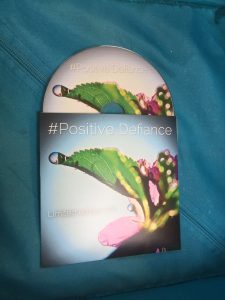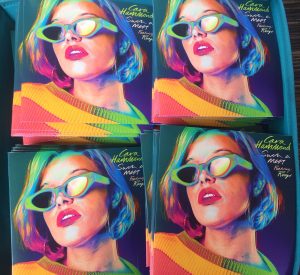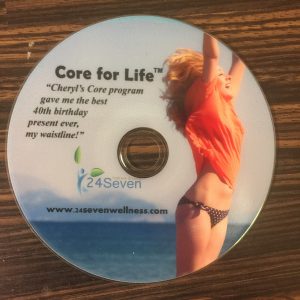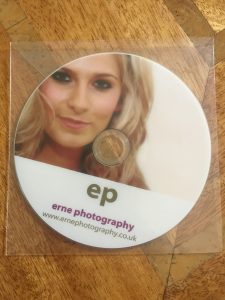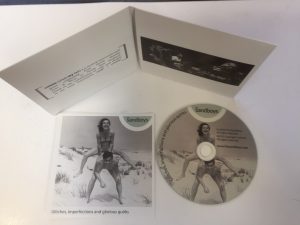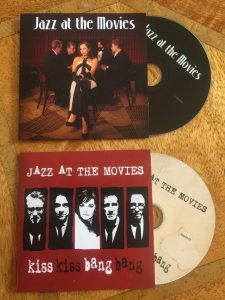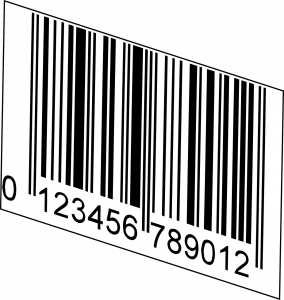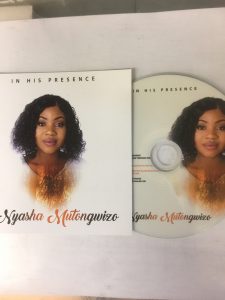As in most Industries there are many terms and abbreviations which are used in duplication, that have become part of our ordinary language. For the uninitiated these terms can sometimes appear complicated and a bit daunting. This is especially true of file formats as some terms are used to define different entity’s even when working in the same markets!
Our Director of Technology Mark Smith has written a series for articles that we will publish over the next 3 weeks explaining some of the most used terms,in relation the the optical media (CD, DVD and Blu-Ray) market. With links for more detailed explanations:
Physical Masters:
This simply means a hard copy CD or DVD which we can use to duplicate from.
Disc Image Formats:
The type of images here are not photographic images. The term relates to a ‘snapshot’ of the contents of a disc, the format and the exact layout.
The most important thing when working with disc images is you are sure you have formatted them correctly. Failing to do this will result in any discs made from them to be faulty. If there is any doubt, or you are new to this area, ask for help and advice. We have a team here who are always available for email, phone or online chat and will be very happy to help and advise you.
ISOnrg
An .iso image is a computer file that is an exact copy of an existing file system. ISO files are typically created through a software application that will extract the contents of a CD or DVD, and then write then as an exact electronic copy of the original disc to a file (a .iso file). This allows us to burn to burn an exact copy of the original onto CD or DVD.
Iso files are perfectly acceptable for CD-Rom and DVD-Video, but should not be used for CD-Audio due to technical restrictions
IMG
This format is very similar to a .ISO image with a few subtle changes and features which are beyond the scope of this article. For our purpose they can be used the same as an ISO, but more in depth information can be found in this article should you wish to learn more.
Like ISO files, .img should not be used for CD-Audio discs.
NRG
These files are a relatively new proprietary optical disc image file format. NRG files are used in the same way as other image formats, but are a more advanced and very versatile.
NRG files can be used for any type and format of disc, CD-ROM, CD-Audio, DVD-Video, Blu-Ray, etc.
NRG files on Wikipedia
DDP
This stands for Disc Description Protocol and is commonly used for delivery of disc pre-masters for commercial Glass Master Replication. The DDP format is compatible with all CD and DVD discs and is the industry professional format used in mass manufacture of discs. Although becoming more common, its a relatively unknown format used mainly within the optical media industry for transporting discs electronically between production facility’s and mastering houses.
DDP files can be accepted the same as all other listed image formats for duplication, but are not a specific requirement in any way. Further more detailed information on this format is available here.
Bin/Cue
This is a versatile image file format particularly useful for CD-Audio. The consist of two files,
- a binary data file (.bin file), This is the raw data of a disc, a solid block of information with no organisation.
- a Cue sheet (.cue file). This is a descriptive file, used to give structure and organisation to the raw binary (.bin) file.
Each of the Bin & Cue files are meaningless on their own, and must be provided together with their specific and matching partner, never mixed or edited. Further information of this file type can be found here.

